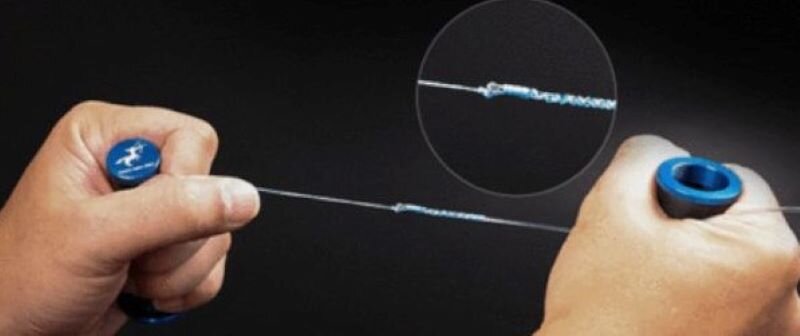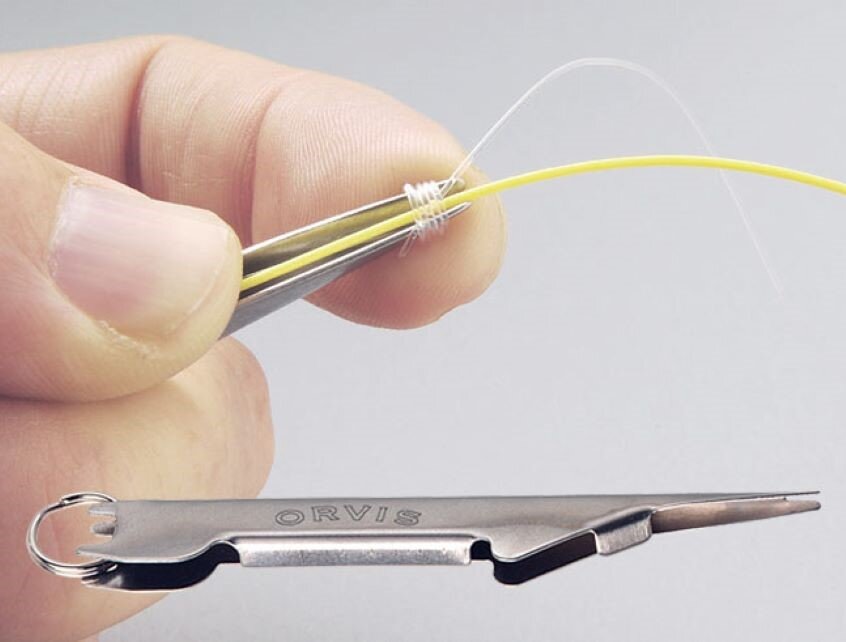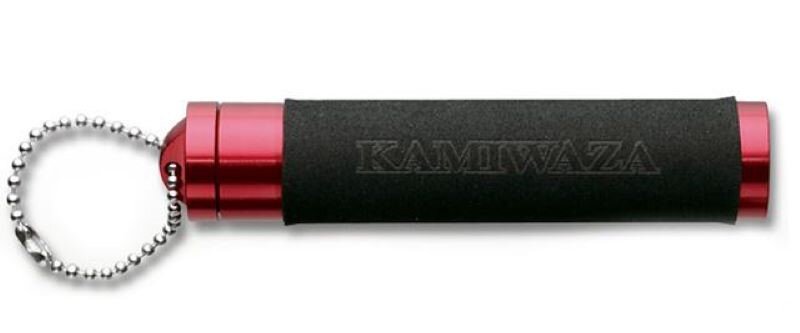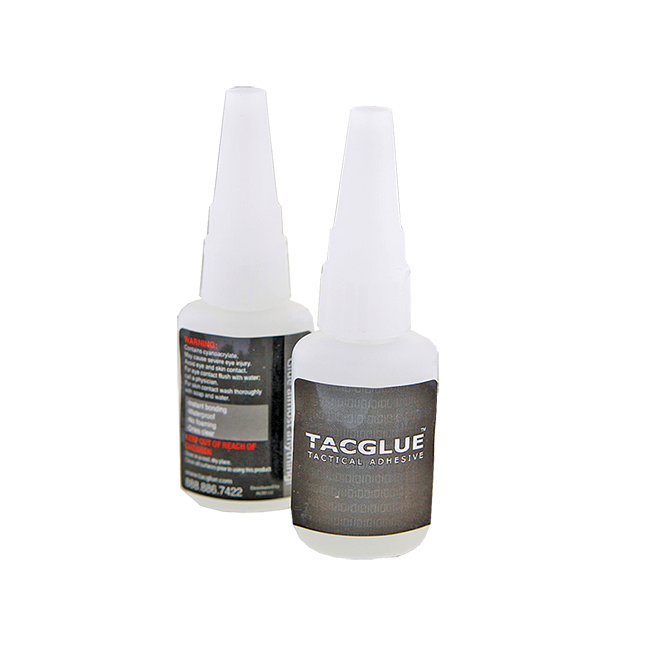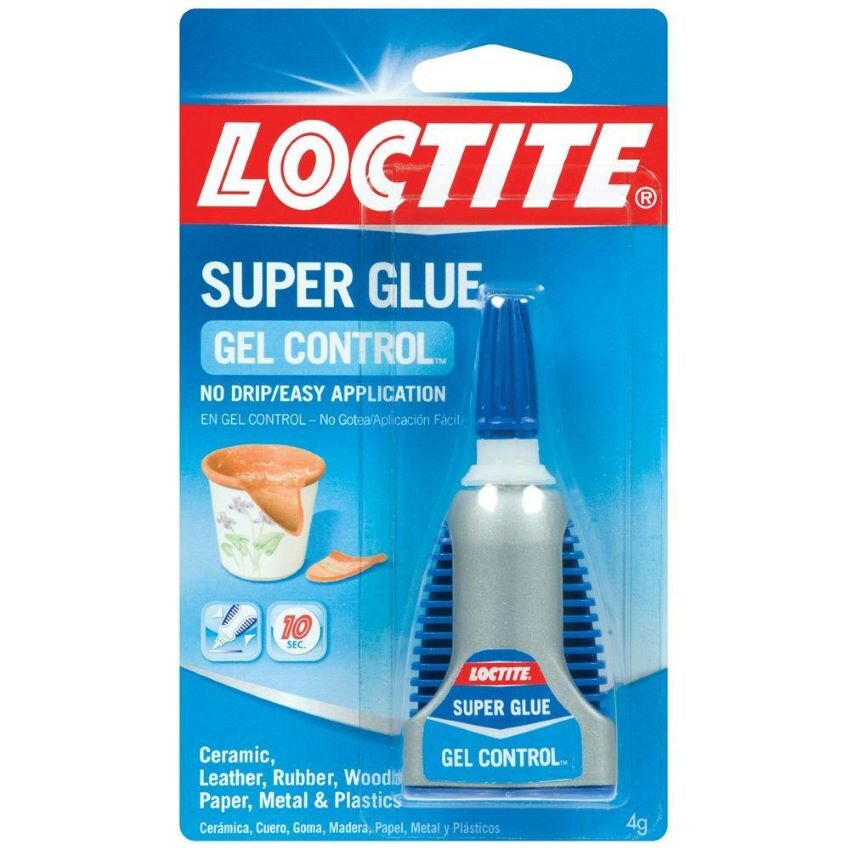Knot Tools You Didn’t Know You Needed
If you’ve been fishing for any period of time, then you probably have a favorite knot or knots for tying on your lures or for connecting two lines. At home, they probably rarely fail you, but somehow when you go away things tend to go awry. Maybe you rushed through your knot. Maybe your line was frayed from the day before. Or maybe those giant trevally and yellowfin tuna stress out a knot more than the bluegills in your local pond.
There are also knots that can be tough to tie when you’re in a rocking boat, or in the wind, rather than in the comfort of your garage. There are ways to simplify or improve the process, though. They may cost a few bucks, but what sort of price can you put on the fishing trip of a lifetime and your one shot at a true trophy? None of them take up much space in your luggage, either.
The FG is one of the knots that many pros revere as the best for connecting braided line to a fluorocarbon or monofilament leader. It slides through guides smoothly and is quite strong, but it also can be tricky to tie. I can usually tie it correctly, but not always, and particularly not in a rainstorm or when the bite window is short. If that same problem plagues you, you might want to try out one of the various Hapyson battery-powered line twisters.
Here’s a good video from the folks at Australia’s Tackle West showing just how easy it is to use.
They’re available from Amazon and through Ebay, generally in the $60-80 range. If that’s too much for you, the Daiichi Seiko Knot Assist 2.0 is a little less mechanical and a little less expensive
Here’s another good video from Tackle West on how to use it
There are of course various other tools for other knots. Outfitters like Orvis, for example, makes a tool specifically for nail knots, a mainstay for fly anglers
Those aren’t the only knot-oriented accessories if you’re looking to make sure that your connections hold. Many saltwater anglers who want to make sure that their heavy braid to heavy fluoro connections are cinched down fully and properly use “tensioning sticks” to pull their lines tight without cutting their hands (they also often have line cutters built in for when you get hung up) Tomo’s Tackle in Massachusetts carries several.
Another way to cinch down knots without injury is through a “Finger Saver” like this one from Daiichi, which costs less than the sticks and is available through retailers like Tackle Warehouse. It’s padded to protect both your finger and your line.
After locking down your knots, you may also want to add some adhesive for the “belt and suspenders” approach. You can go with something fancy like Loon Outdoors UV Knot Sense, which is smooth and “instantly cures with sunlight or UV light.”
In a recent Tackle Tour article, my friend Dennis “Cal” Shew introduced me to a product called TAC Glue Tactical Adhesive. He reported that it supposed “has a better shelf life than Crazy and other similar glues….” but I’ve yet to try it.
You can also just use regular old (or generic) Super Glue. I prefer the gel. Buy several, because invariably they get gummed up, dried out or lost.

